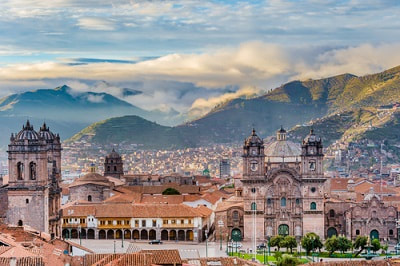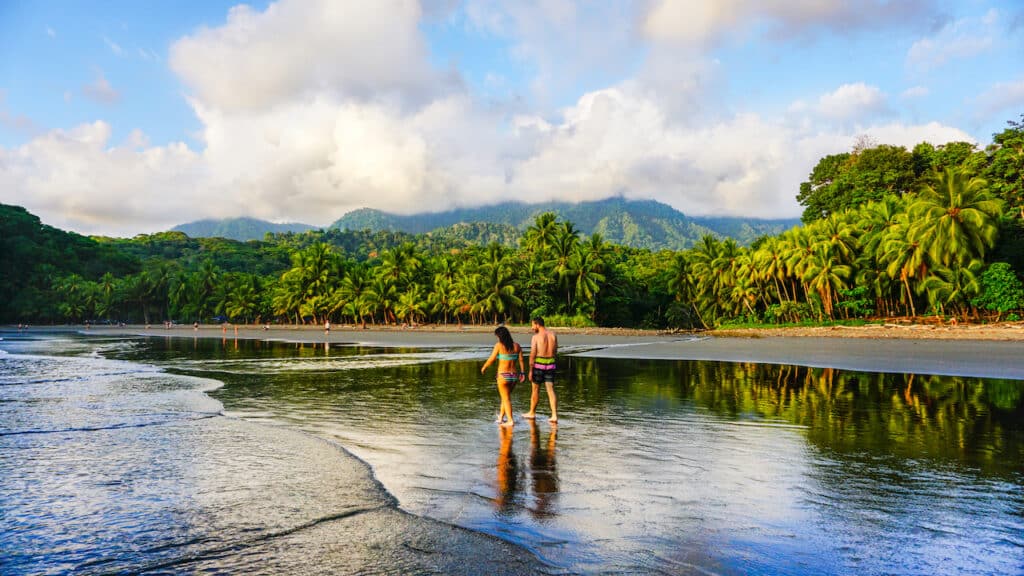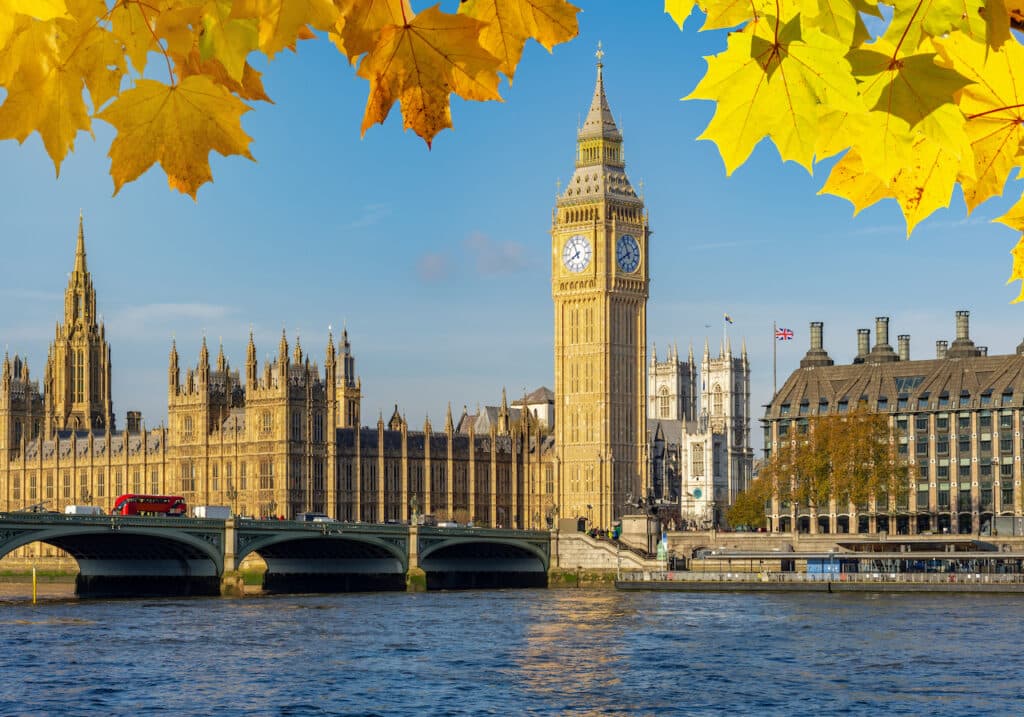Dozens of countries, including Peru, currently offer various types of digital nomad visas, and they are continuously adding more. In November 2023, the Peruvian government announced its plans to introduce a digital nomad visa. They are still working out the details, but they expect to finalize them in the early months of 2024.
Below, we’ll go over what digital nomads need to know about this latest visa, including what living in Peru as a digital nomad is like, where to live, how costs stack up, and more.
Snapshot of Expat Life in Peru:
Population: 34.35 million
Capital city: Lima
Currency: Peruvian sol
Official language(s): Spanish, Quechua, Aymara
Approximate number of American expats: 13,444
Peru digital nomad visa expected to have economy-boosting effect
The COVID-19 pandemic had a devastating impact on the global economy, leading many countries to seek out novel ideas for economic recovery. Capitalizing on the increasing prevalence of remote work, Estonia became the first country to launch a digital nomad visa in July 2020 to help stimulate its economy.
Many other countries have since followed suit, especially those whose economies were largely dependent on tourism — including Peru. While tourism in Peru has significantly increased since the worst of the COVID-19 pandemic, the number of visitors in 2023 is still expected to be down more than 50% from pre-pandemic levels. Combine that with economic declines in 2023, and it’s clear that the Peruvian economy is in need of a boost.
With the digital nomad visa, Peru hopes to attract visitors whose spending (and, as a result, tax dollars) can help grow the sluggish economy in 2024 without adding competition to the local labor market.
Requirement breakdown for the Peru digital nomad visa
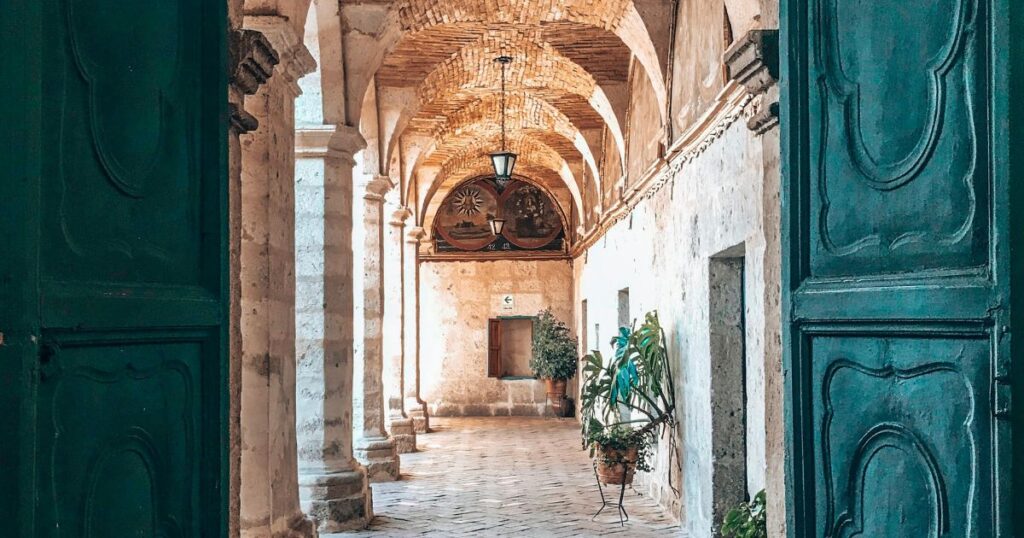
While the Peruvian government is still finalizing the digital nomad visa requirements, they have released some general information:
Application eligibility
Peru’s digital nomad visa is geared toward those who work remotely for a company registered outside of the country.
Visa requirements and duration
Peru has announced that the digital nomad visa will allow holders to stay in the country for 365 days with the option to renew it upon expiration, although they have not yet stated whether it can be renewed multiple times.
While Peru has not yet stated specific requirements, many similar digital nomad visas require applicants to possess a valid passport, have a clean criminal background, and earn a minimum amount of monthly income.
Health insurance for digital nomads in Peru
The Peruvian government has not yet stated whether it will require digital nomad visa applicants to purchase health insurance, but many digital nomad visa programs do require applicants to hold a private health insurance policy for the whole time that their visa is valid.
Even if digital nomads aren’t required to purchase private health insurance as part of the application process, however, it is often a good idea to do so, as it can give them access to higher-quality healthcare facilities and shorter wait times.
In Peru, you can choose from large international plans like Cigna Global, local plans like Mapfre, or plans geared specifically toward digital nomads like SafetyWing. Prices vary widely between plans depending on the company and level of coverage, as well as your age and health, but they are generally more affordable than in the US.
A few things to keep in mind about healthcare in Peru:
- While the quality of healthcare is typically quite good in major cities like Lima, the infrastructure is often lacking in rural and remote areas
- Visitors are advised against drinking tap water in Peru
- Altitude sickness is common in high-altitude areas in Peru, like Cusco or along the Andes Mountains
- Visitors should be vaccinated against COVID-19, hepatitis A, hepatitis B, malaria, measles, rabies, typhoid, and yellow fever
- There is an elevated risk of leptospirosis, Chagas disease, leishmaniasis, Zika virus, hantavirus, tuberculosis, and dengue fever in Peru
Permitted activities and work restrictions
Holders of the digital nomad visa will not be allowed to work for companies located in Peru.
Peru vs. Colombia: A digital nomad visa face-off
There are a handful of other digital nomad visas available in South America, with one of the most popular options being Colombia’s digital nomad visa.
| 🇨🇴 Colombia | 🇵🇪 Peru | |
|---|---|---|
| Minimum income | $52 application fee + issuance fee of $170-230 USD if accepted | TBD |
| Application cost | $52 USD application fee + issuance fee of $170-230 USD if accepted | TBD |
| Duration | 2 years | 1 year |
| Renewable? | Yes | Yes |
| Tax rate | Up to 39% | TBD |
Peru digital nomad visa application process
Again, without specific guidelines, the application process for Peru’s digital nomad visa is still a bit up in the air — but it will likely look something like this:
- Gather the required documents (e.g., completed visa application form, passport, criminal background check, work contract, bank statements, etc.)
- Make an appointment at your nearest Peruvian consulate/embassy
- Submit your documents in person
- Pay the application fee
- Receive approval
- Travel to Peru
Where to live in Peru as a digital nomad
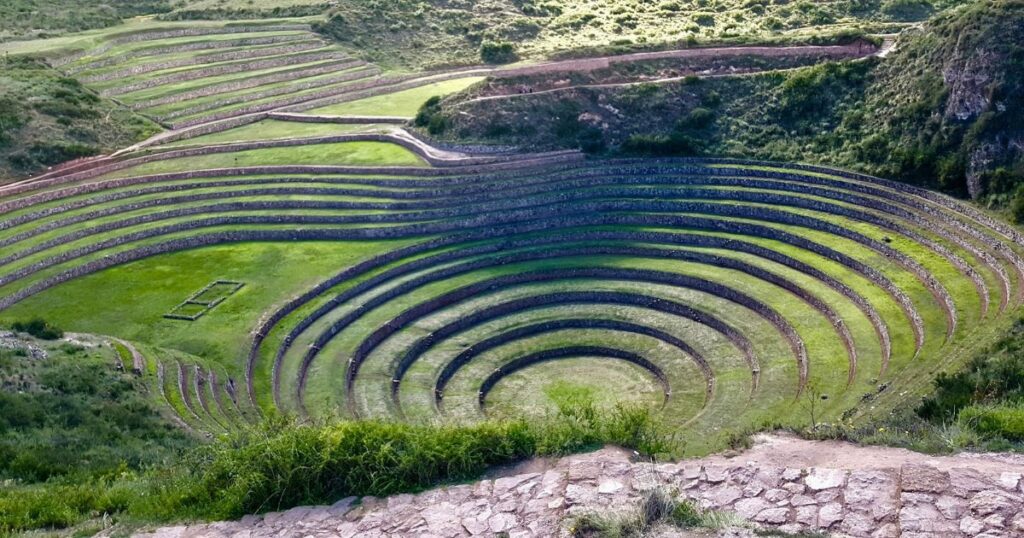
Lima: The vibrant, slightly chaotic capital beckons
Peru’s bustling capital is home to the highest number of US expats, who enjoy access to the city’s historic center, Pacific Ocean coastline, archaeological sites, and world-class culinary offerings. While the cost of living in Lima, Peru, is higher than in other parts of the country, it’s still considered affordable by American standards. Popular neighborhoods for expats include Miraflores, Barranco, and San Isidro.
Cusco: The cultural capital of the country
The cobblestone streets, colonial architecture, and ancient ruins of Cusco — the former capital of the Incan Empire — give it a historic and captivating feel. Just as notable as its historic sites, however, are its awe-inspiring panoramic views of the Andes Mountains and colorful markets full of traditional crafts. Expats in Cusco tend to favor areas like San Blas, Plaza de Armas, and San Cristobal.
Arequipa: A southern rose surrounded by volcanoes
Arequipa, also known as “The White City” for its iconic white volcanic stone buildings, is a charming colonial city that boasts a gorgeous cathedral, a bustling central plaza, rich local cuisine, and stunning views of nearby volcanoes. Some of the more popular areas for expats include Yanahuara, Cayma, and San Lázaro.
Trujillo: Where work breaks are characterized by surf and sun
Trujillo offers an alluring combination of history and laid-back coastal living where colorful buildings, Moche and Chimu heritage sites, and sandy beaches coexist in harmony. Welcoming locals and a warm, sunny climate add to the appeal even more. You can find expats concentrated mainly in the historic city center and the nearby beach town of Huanchaco — a favorite among expats who hold the Peruvian retiree visa.
Tarapoto: An up-and-coming digital nomad destination
The under-the-radar but increasingly popular town of Tarapoto, Peru, is known for its lush, tropical ambiance. Surrounded by an Amazonian cloud forest, Tarapoto is steeped in indigenous culture, with traditional music, dance, cuisine, and markets found on every corner. Nature lovers, meanwhile, will appreciate the nearby waterfalls, rivers, and mystical lagoons.
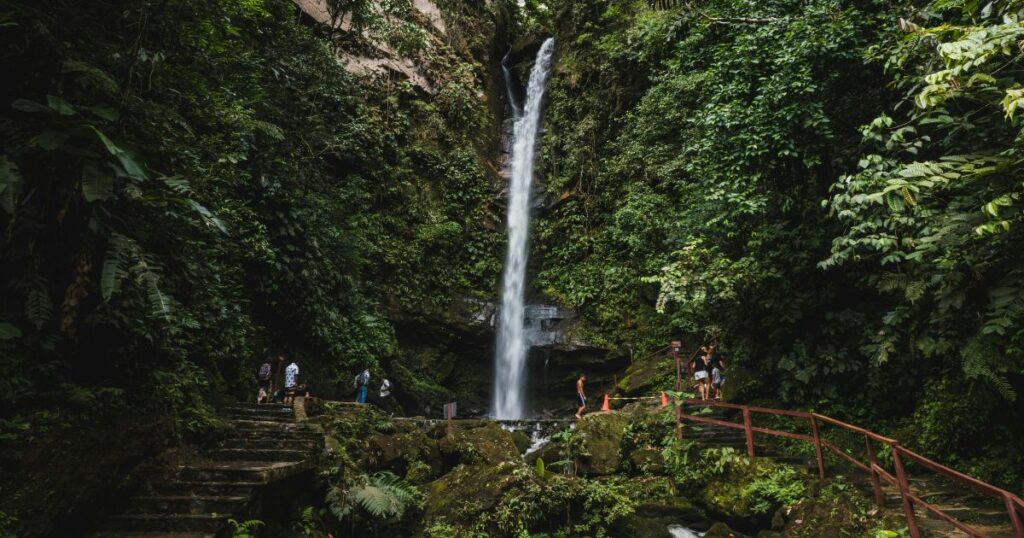
Cost of living in Peru in US dollars
Peru’s cost of living tends to be significantly more affordable than that of the US, with the cost of rent in Peru nearly 80% lower than it is in the US. Meanwhile, consumer prices (excluding rent) are about 58% lower. That being said, some areas of Peru are more expensive than others — namely, the capital city of Lima. Other pricier parts of the country include Cusco and the resort areas near the beach town of Máncora.
While small to mid-size cities and towns will be more affordable, budget isn’t the only thing digital nomads should keep in mind. A strong internet connection is essential for remote workers, and you won’t want to dismiss the importance of things like safety and infrastructure.
Digital nomad life in Peru
5 things that should be on your Peru bucket list
While there are a nearly endless number of things to do and places to visit in Peru, don’t leave the country without crossing off these five activities:
- Hike the Inca trail, which passes through a cloud forest, alpine tundra, and multiple ancient ruins, culminating in the Lost City of Machu Picchu.
- Visit Vinicunca, aka Rainbow Mountain — a mountain in the Andes known for its colorful mineral sand stripes that must be seen to be believed.
- Trek through the Amazon jungle to see flora and fauna like scarlet macaws, capybaras, howler monkeys, and more.
- Go on a gastronomic tour of Lima to sample some of Peru’s finest dishes like ceviche, lomo saltado, and ají de gallina.
- Soar over the Sechura Desert in a chartered plane for a bird’s eye view of the beautiful and mysterious Nazca Lines.
Expat community in Peru – how to find your people
Living in a new country is a big change, so it’s not unusual to feel a little lonely or even have doubts when you first move. Fortunately, Peru offers plenty of opportunities to get to know new people. With a little effort, you’ll be making new friends in no time. To ensure you’re getting a healthy level of social connection, try:
- Moving into a coliving space
- Working from a coworking space
- Booking a stay in a hostel
- Taking classes (e.g., Spanish, cooking, surfing, etc.)
- Attending events on Meetup & Couchsurfing
- Joining local expat groups on Facebook
- Attending a language exchange or using a language exchange app
- Volunteering in your community
Moving to Peru
Before starting your new life in Peru, make sure to cross the following off of your to-do list:
- Gather all of your important documents (passport, copy of medical record, etc.)
- Schedule a doctor’s appointment to get any vaccines you might need and a three-month prescription for any medications you regularly take
- Book your tickets
- Reserve a short-term stay while you look for more permanent accommodations
- Research what to bring, create a list, and pack your bags
- Store, donate, or sell any items you don’t plan on bringing with you
- Notify your bank of your travel plans so they don’t flag purchases abroad as suspicious
- Set up a forwarding address for your mail, if necessary
- Arrange for someone to care for your pets while you’re gone, or research what you must do to bring them with you
- Connect with other digital nomads in Peru on sites like Reddit or Facebook to learn about their experiences and ask for advice
Peru digital nomad visa taxes
Peru has not yet released taxation details for their digital nomad visa program, but many digital nomad visas — such as Croatia’s and Greece’s — offer beneficial tax rates for visa holders or even completely exempt visa holders from in-country income taxes.
VAT in Peru
Peru’s VAT — aka the tax added to the sale of most goods and services — is 18%. It technically comprises two different taxes: a 16% General Sales Tax (known locally as the Impuesto General a las Ventas, or IGV) and a 2% Municipal Promotion Tax (known locally as the Impuesto de Promoción Municipal, or IPM). Some goods and services, like staple foods, financial services, and public transport, are exempt.
Do American digital nomads in Peru have to pay US taxes?
Yes. All citizens and permanent residents who meet the minimum income reporting threshold must file a federal tax return, as America’s tax system is based on citizenship—even if they live abroad.
Expat tax provisions for Americans filing US taxes in Peru
Living abroad can often complicate your taxes, though it’s not always bad news. While an overseas move may bring additional reporting obligations, it can also afford expats additional tax breaks. Here are a few of the most important US expat tax items to read up on:
Foreign Earned Income Exclusion (FEIE)
The FEIE allows you to exclude a certain amount of foreign-earned income from taxation ($120,000 USD for tax year 2023, aka the taxes you’ll file in 2024). To be eligible, you need to pass either the physical presence test or bona fide residence test. Passing either of these tests also makes you eligible for the Foreign Housing Exclusion/Deduction, which allows you to write off qualifying housing expenses like rent and utilities.
Foreign Tax Credit (FTC)
The FTC allows you to essentially subtract what you’ve paid in income taxes to a foreign government from your US tax bill (though, like with all things US-tax related, it’s not quite that simple).
Foreign Bank Account Report (FBAR)
If you have a combined total of $10,000 USD or more across foreign bank accounts at any point in the year, you’ll need to file FinCEN Report 114, also known as the FBAR.
Foreign Account Tax Compliance Act (FATCA)
FATCA requires American expats with over $200,000 USD in foreign assets by the last day of the tax year — or over $300,000 USD in foreign assets at any point during the tax year — to report them on Form 8938. (Threshold for US taxpayers living in the US vary).
-
Do Americans need a visa for Peru?
Americans do not need a tourist visa to travel to Peru — they can stay visa-free in the country for up to 183 days. If their trip exceeds that time, however, they will need a residence visa, such as the Peru digital nomad visa.

 Connect on LinkedIn
Connect on LinkedIn



